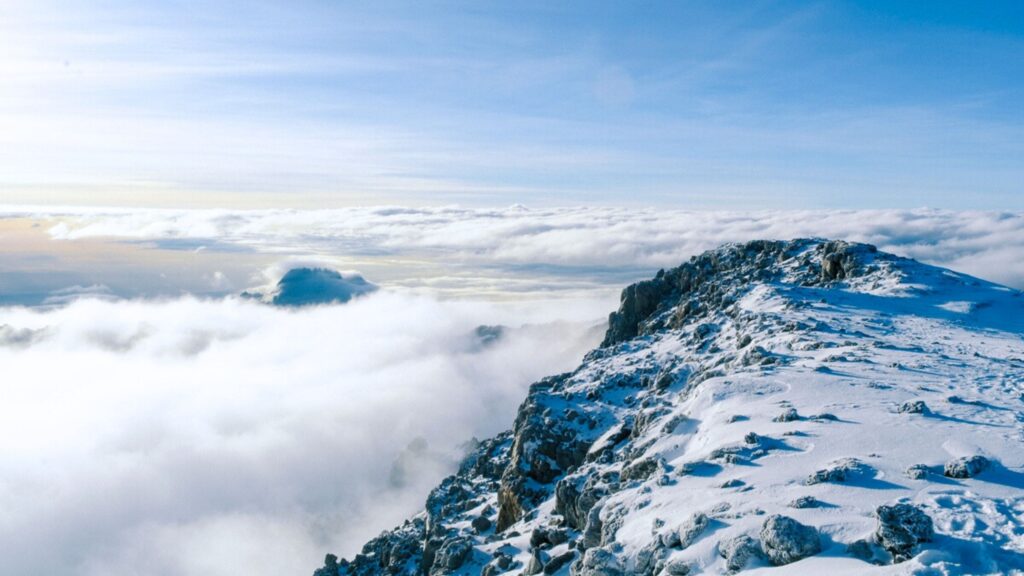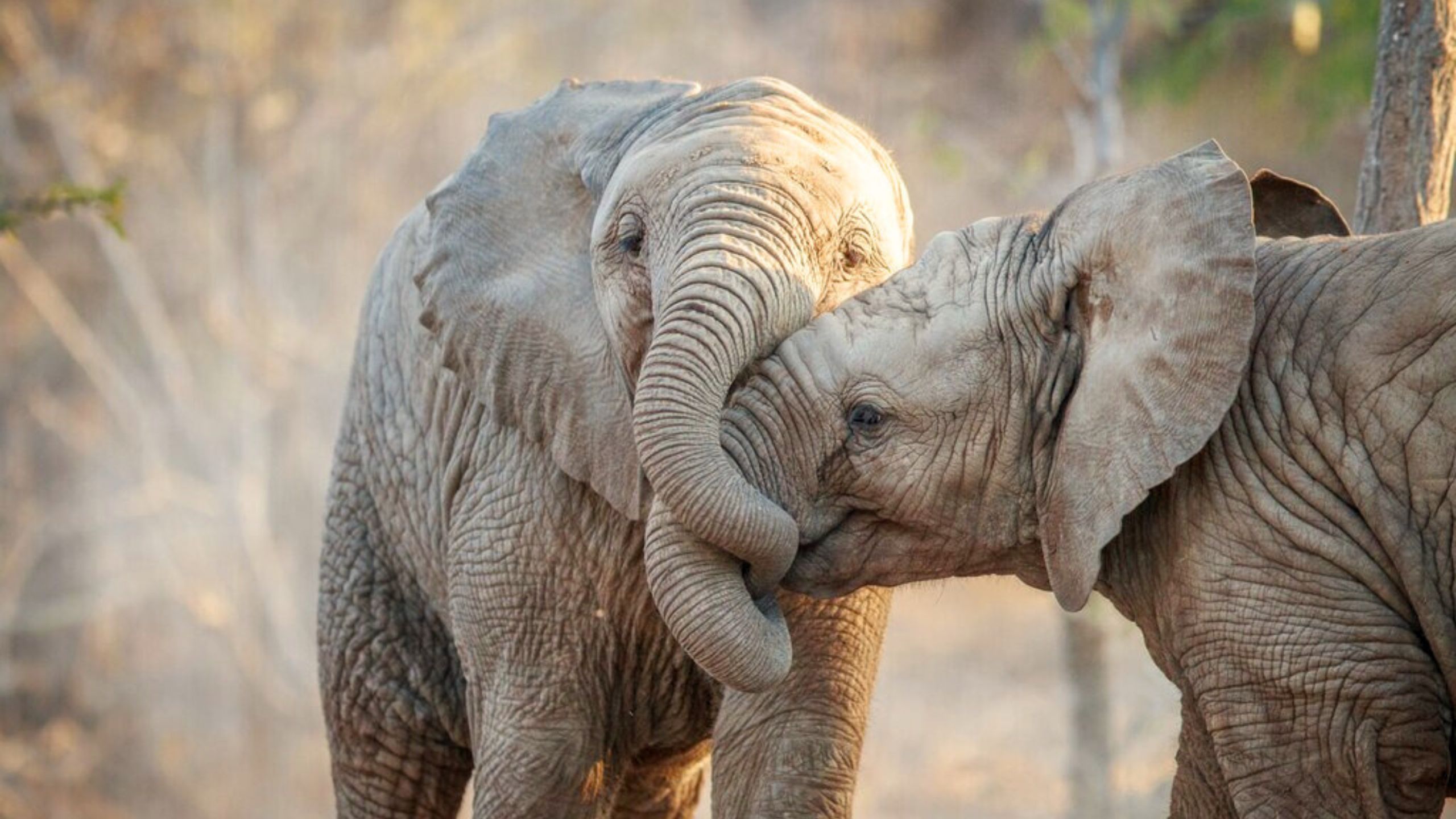The Big 5, the Wildebeest Migration, and Tropical Beaches !
In Tanzania, you can almost always find a safari. In the second-largest nation in East Africa, it has long been a way of life. The variety of wildlife and landscapes in Tanzania is unmatched by many other places in Africa.
A Tanzania safari offers an incredible variety of experiences, from the classic savannah locations of the Serengeti, Tarangire, and Ngorongoro Crater to the beaches and coral reefs of Zanzibar. And that’s before you learn about the hidden treasures like chimpanzee trekking through the pristine rainforests of Mahale and Rubondo or game viewing without the crowds in the stunningly wild and distinctive landscapes of Nyerere (formerly Selous) and Ruaha.
Here are some of our top recommendations for why you should go on a Tanzania safari, from fantastic year-round game viewing to the Wildebeest Migration and tropical beach finales:
Go Off the Beaten Path !
For adventurous safari travelers and those who have already visited the more well-known locations in Northern Tanzania, Tanzania’s lesser-visited parks and reserves are ideal. Tanzania’s uncharted safari locations offer amazing wildlife encounters away from the crowds in savannahs, swamps, rainforests, and lakes. In addition, you can engage in activities like fishing, walking and boat safaris, off-roading, and night drives that are not allowed in national parks like the Serengeti.
- Discover Ruaha National Park, Tanzania’s best-kept secret and home to the country’s biggest elephant population.
- Visit Nyerere National Park (Selous Game Reserve), one of Africa’s most important sanctuaries for endangered wild dog.
- Journey to Mahale Mountains or Rubondo Island for one of Tanzania’s most unique safari experiences: chimpanzee trekking.

See the Big 5 in an Ancient Volcano !
Around 2.5 million years ago, a massive volcano erupted and then collapsed on itself, creating the Ngorongoro Crater. The Crater, now a World Heritage Site and enclosed ecosystem, is the best place in East Africa to see the Big 5. The Crater’s floor is about 260 square kilometers (100 square miles) in area and is about 600 meters (1 970 feet) deep. To see diverse habitats that are home to about 30,000 animals, travel to this area of Tanzania.
- East Africa’s most reliable Big 5 sightings.
- One of the Seven Natural Wonders of Africa.
- Home to some of Africa’s densest large mammal populations.

Witness the Great Wildebeest Migration !
The Wildebeest Migration, which takes place every year, is unlike anything else on Earth, and the best time to visit Tanzania is when it is actively taking place. The Migration is a mind-blowing display of nature at her most extraordinary, and it serves as the focal point of the majority of initial Tanzania safari itineraries. A total of 2 million wildebeest, zebra, and antelope traverse the Serengeti-Mara ecosystem in search of new grazing while dodging predators. The herds are so large that they can be seen from space, making this amazing event one of the last mass terrestrial animal movements left on Earth.
- The Serengeti National Park – Tanzania’s flagship conservation area hosts the bulk of the Migration.
- Mobile camps move regularly to stay as close to the herds as possible.
- Some accommodations offer easy access to river crossing points.

On a Tropical Island, Wrap Up Your Safari !
A relaxing stay on a beach with palm trees and the warm, azure waters of the Indian Ocean is a common way for Tanzania safaris to come to an end. A sun-drenched tropical island is the perfect place to reflect on your incredible experience before returning to normal life, because safari days can be long and dusty. After breakfast, you can easily take a flight from a safari camp in Tanzania and arrive on a powder-soft beach in time for sunset cocktails.
- Zanzibar – one of the world’s most romantic honeymoon destinations.
- Mnemba Island – a private island holiday paradise.
- Pemba Island – among the world’s best diving sites.
- Mafia Island – swim with migrating whale sharks (about October to April).

Climb the Highest Mountain in Africa !
The highest free-standing mountain on Earth, Mount Kilimanjaro, is not only the tallest mountain in Africa. It can take five or more days to ascend to the “Roof of Africa,” which rises nearly 6 kilometers (4 miles) above Tanzania’s plains. There are a variety of ascent routes that offer varying degrees of difficulty, ascent time, crowdedness, and scenic beauty. Plan your Kilimanjaro hike with the help of one of our Experts based on your preferences and physical capabilities. Your trip to Kilimanjaro can also be combined with a safari in nearby parks and reserves in Tanzania.

🌍 Unleash Your Adventurous Spirit on an African Safari! 🐘🦁
Ready for a thrilling escape? Dive into the mesmerizing world of African safaris and discover untamed landscapes teeming with exotic wildlife. Click here : Go2AfricaRoofTop to embark on an unforgettable journey where lions roar and elephants trumpet, where giraffes gracefully roam and cheetahs sprint across the golden plains. 📸🌿
Experience heart-pounding moments as you witness predators on the prowl and marvel at the grace of herbivores in their natural habitat. Immerse yourself in the rich tapestry of sights and sounds, from golden sunsets casting a warm glow to the symphony of wildlife echoing through the savannah. 🌅🦒
This is your chance to capture captivating photographs and create memories that will last a lifetime. Don’t miss out on the adventure of a lifetime. Click here : Go2AfricaRoofTop to start planning your African safari today! 🗺️✈️🦁









